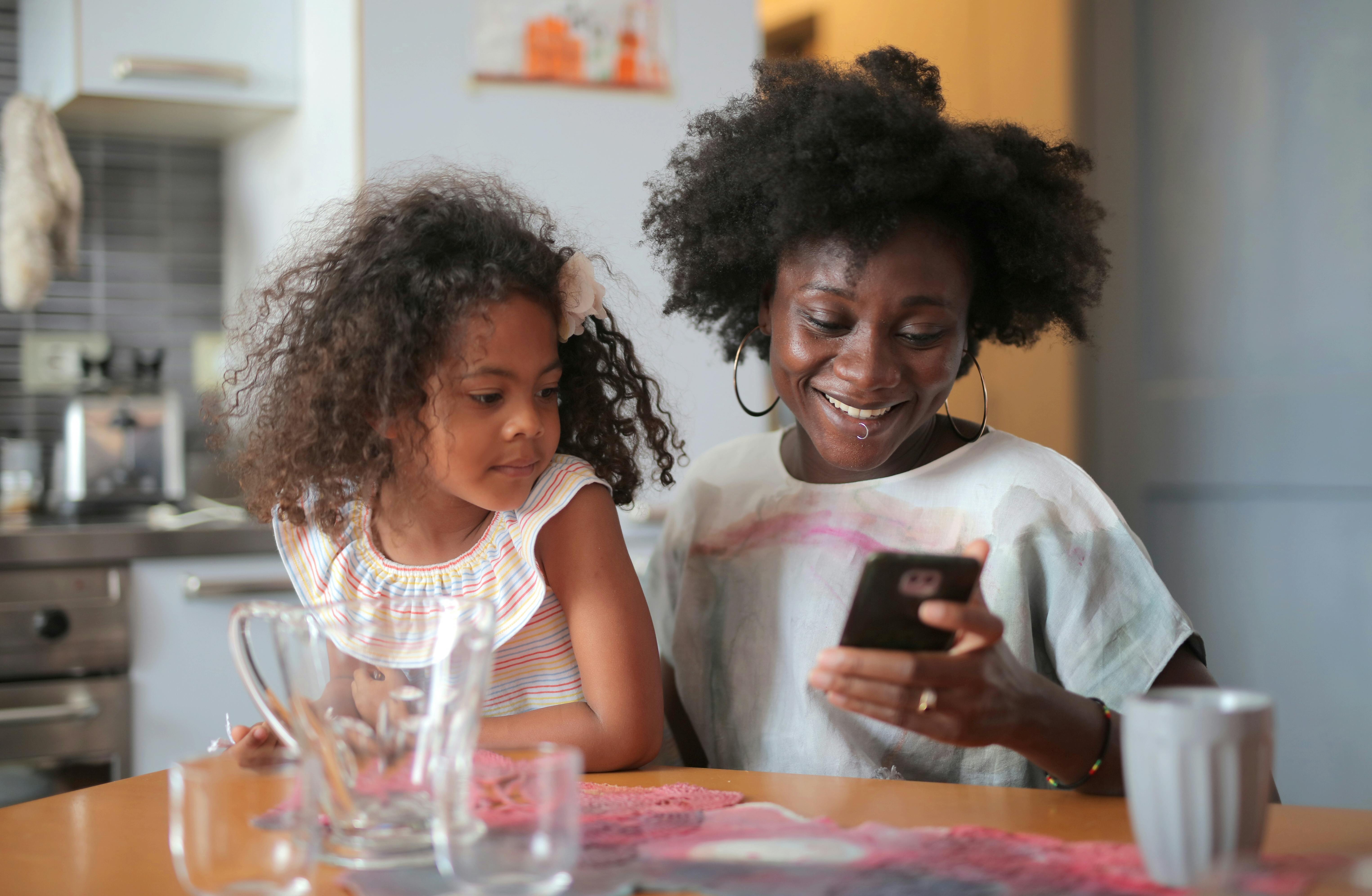
Are you wondering how much screen time is too much for your kiddos? With all the devices and gadgets around, it's super easy for our little ones to get glued to screens. But don't worry, we've got some friendly advice on balancing screen time for different age groups.
For the Little Tots (0-2 Years)
Let’s start with the tiniest members of the family. For infants and toddlers, the American Academy of Pediatrics (AAP) recommends no screen time at all, except for video chatting. Yep, you read that right!
These early years are crucial for brain development, and real-life interactions are way more beneficial. Need some fun alternatives? Check out our blog post for 10 Fun & Creative Activities to Keep Kids Engaged Without Screens.
Preschoolers (2-5 Years)
Once they hit the preschool age, a little screen time is okay. The AAP suggests no more than one hour per day of high-quality programming. Think of educational shows that you can watch together.
Interactive and engaging content, like educational apps, can be a good choice too. Just make sure to co-view and discuss what they’re watching to enhance learning.
School-Age Kids (6-12 Years)
For school-age kids, it gets a bit trickier. Screen time includes TV, computers, gaming, and of course, those sneaky tablets and phones. Experts recommend no more than two hours of recreational screen time per day.
Educational screen time for homework or learning is different, but it's still important to balance it with physical activity and other non-screen activities.
Check out our Free Virtual Game Night for Children - Grades 3 to 8 to add some fun and interactive learning to their screen time!
Teens (13-18 Years)
Teenagers and screens, what a combo! With social media, online classes, and gaming, they’re practically digital natives. For teens, the key is balance. Encourage healthy screen habits and ensure they’re getting enough sleep, physical activity, and face-to-face social interactions. It’s all about setting limits and leading by example.
Tips for Managing Screen Time
- Set Clear Rules: Establish when and where screens can be used. No device during meals or before bedtime is a great start.
- Encourage Other Activities: Promote hobbies like reading, sports, or playing an instrument.
- Be a Role Model: Show your kids how to have a healthy relationship with screens by setting a good example.
- Use Parental Controls: These tools can help you manage what content is accessible and for how long.
Why It Matters
Balancing screen time isn’t just about cutting back. It’s about fostering a well-rounded lifestyle for your child. Too much screen time can impact sleep, physical health, and even academic performance. By setting boundaries, you’re helping your child develop healthy habits that will benefit them in the long run.
Want More Personalized Advice?
At Good Hope Tutoring, we understand that every child is unique. Our experienced tutors can offer personalized strategies to help manage screen time and enhance learning.
Curious to learn more? Book a free 15-minute consultation with us and let’s chat about how we can support your child’s educational journey!
Remember, you’re not alone in this digital parenting adventure. Together, we can create a balanced and enriching environment for our children. Happy parenting!
Additional Reading Resources:


